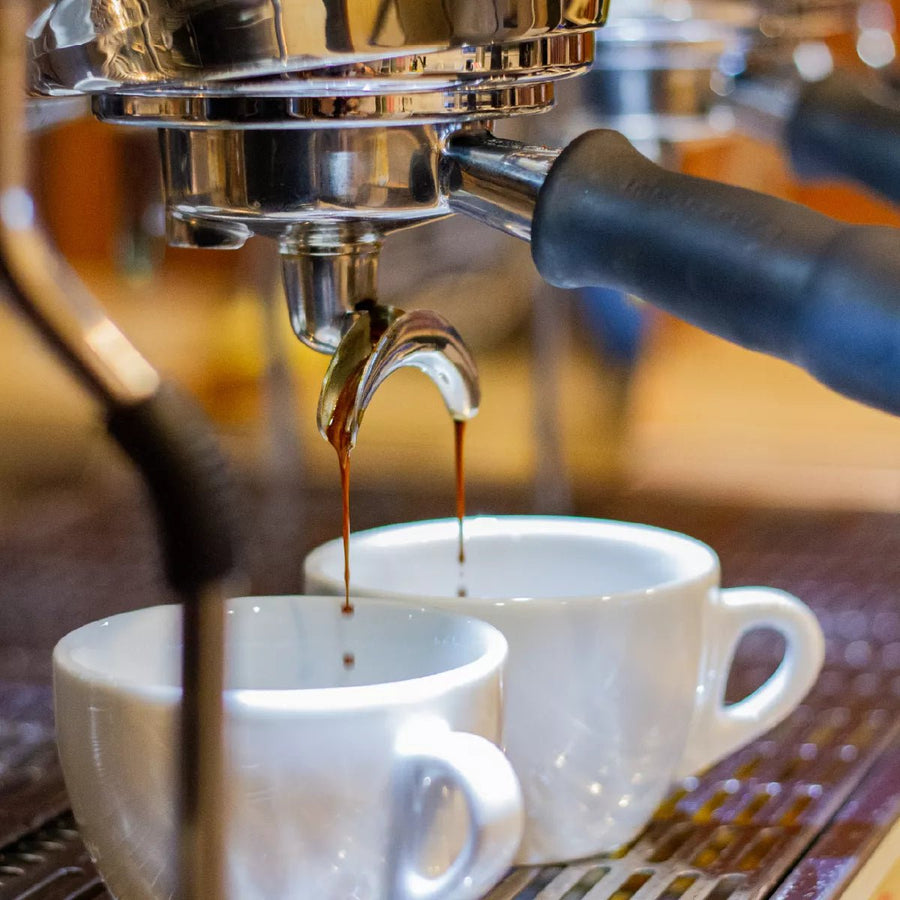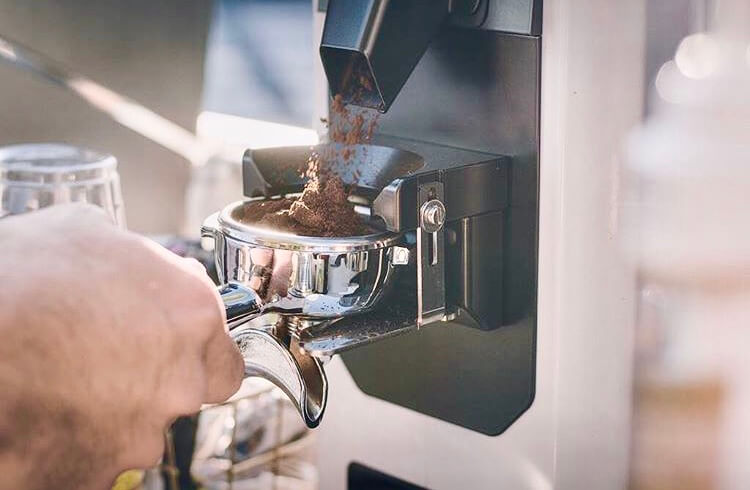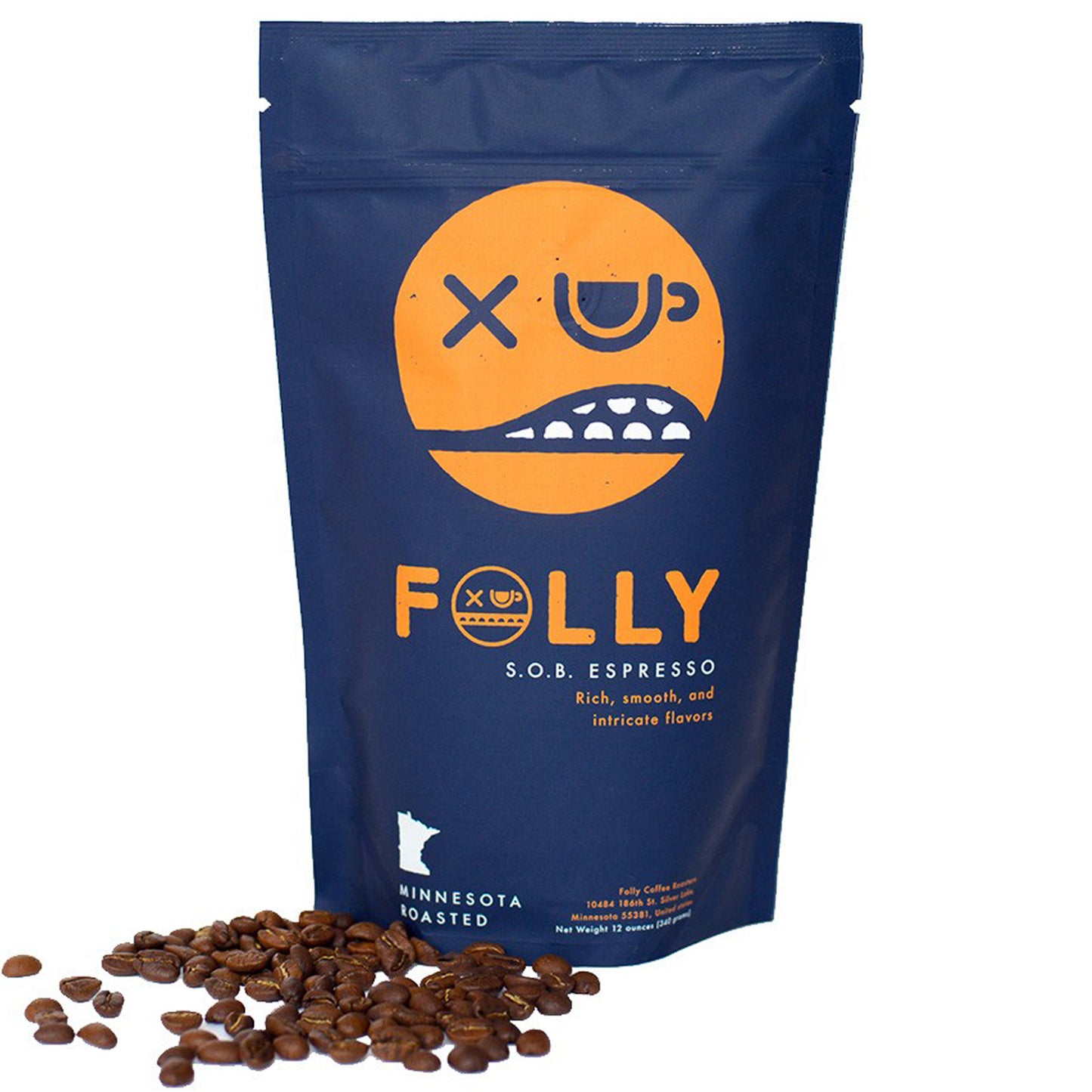Helpful Hints to Get the Best Out of SOE Single Origin Espresso
Wiki Article
Understanding Coffee Beans: the Journey From Coffee to Blended Coffee Beans

The Origins of Coffee: An International Perspective
While you could assume of coffee as a modern staple, its origins map back centuries, intertwining with cultures throughout the world. The story begins in Ethiopia, where legend says a goat herdsman called Kaldi uncovered the energizing results of coffee beans after noticing his goats frolicking energetically after eating them.As trade paths broadened, coffee made its means to Europe in the 17th century, promptly getting appeal. Each society included its unique spin to coffee prep work, improving its background.
Farming and Harvesting of Espresso Beans
As coffee's journey advanced, the emphasis shifted to the farming and harvesting of certain bean ranges, particularly those utilized for coffee. You'll locate that coffee beans often come from Arabica or Robusta plants, each offering distinct flavors. The suitable growing conditions include high altitudes and rich, well-drained soil, which enhance the beans' quality.Throughout the harvest, selecting methods differ. In some regions, workers hand-pick ripe cherries, ensuring only the very best fruit goes to handling. In various other areas, mechanical farmers are used, particularly on bigger farms. When the cherries reach peak ripeness for optimum flavor., timing is crucial; you want to harvest.
Once gathered, the beans are planned for handling, which is necessary in determining their final taste. Understanding the growing and collecting procedures gives you understanding into what goes into your favored espresso, enhancing your gratitude for each and every mug.
Processing Approaches: From Cherry to Bean
Since you've found out about gathering espresso beans, allow's explore how those cherries transform right into the coffee beans you enjoy. You'll see exactly how various harvesting techniques effect flavor, adhered to by the crucial actions of fermentation and drying. We'll damage down the milling and grading procedure that determines your coffee's high quality.Harvesting Techniques Discussed
When it concerns coffee, understanding harvesting techniques is important, because they directly affect the taste and high quality of the beans you take pleasure in. There are two main techniques: discerning picking and strip picking. Careful picking entails hand-picking just ripe cherries, guaranteeing you obtain the most effective high quality beans. This method typically brings about a richer flavor profile, though it's more labor-intensive. On the other hand, strip selecting ways gathering all cherries at when, regardless of perfection. While it's quicker and cheaper, this can lead to a mix of tastes, affecting the last product. Eventually, the selection of gathering technique can considerably affect your coffee experience, so it deserves understanding exactly how those beans made it to your cup.Fermentation and Drying Out
After harvesting, the next steps in handling coffee beans play a significant function in forming their flavor. You'll find that fermentation is vital, as it aids break down the mucilage bordering the beans, enhancing their preference profile. Depending upon the method, this procedure can last from a few hours to numerous days, with differing results based on temperature and humidity.As soon as fermentation is full, drying out adheres to, which is similarly important. You can pick from mechanical or sun-drying drying out methods. Sun-drying enables the beans to soak up flavors from the environment, while mechanical drying warranties consistent dampness levels despite climate. Appropriate drying out is important to avoid mold and preserve the beans' high quality, eventually influencing your cup of coffee.
Milling and Grading Refine
As fermentation and drying established the phase for flavor advancement, the milling and grading process assurances that just the most effective coffee beans make it to your mug. This phase entails eliminating the outer layers of the coffee cherry, consisting of the parchment and husk. After milling, the beans are arranged by size and weight, guaranteeing a consistent high quality. You'll locate that grading aids identify issues and classify beans, which affects taste and aroma. High-quality beans receive a higher quality, resulting in a richer coffee experience. As soon as graded, the beans are prepared for packaging and delivery, maintaining their special characteristics. This careful process is vital for providing the outstanding taste you enjoy in every sip of your preferred brew.Toasting Techniques: Opening Taste Prospective
When you roast coffee beans, the method you choose can considerably affect the taste account. Comprehending the partnership in between time, temperature, and roasting techniques is key to exposing the potential of your mixture. Let's discover exactly how these components collaborated to SOE create the excellent cup.Toasting Approaches Clarified
While you could assume that all coffee roasting methods generate the very same outcomes, the reality is that each method discloses unique flavor capacities in the beans. You can select in between methods like drum toasting, air roasting, or perhaps typical pan roasting. Drum roasting utilizes a revolving drum to uniformly distribute warmth, boosting caramelization and creating a well balanced flavor. Air roasting, on the other hand, circulates warm air around the beans, promoting a lighter roast with pronounced level of acidity. Frying pan toasting allows for hands-on control however calls for continuous attention to prevent burning. Each approach has its subtleties, so try out different methods can aid you discover the best roast that lines up with your taste preferences. Take pleasure in the journey of locating your perfect cup!
Effect On Taste Account
Different roasting approaches not just influence the procedure but likewise significantly impact the taste account of the coffee beans. When you choose a light roast, you'll experience intense level of acidity and flower notes, showcasing the bean's origin. In comparison, a tool roast equilibriums acidity with sweetness, typically exposing chocolatey undertones. Dark roasts, on the other hand, draw out bold, smoky flavors, often concealing the bean's unique attributes. Each method exposes different oils and compounds, causing a vast array of flavors. By explore different toasting designs, you can find which accounts reverberate with your taste buds. Understanding these subtleties assists you value the artistry behind your mug of coffee, improving your overall experience with every sip.Time and Temperature Elements
To release the full flavor capacity of coffee beans, both time and temperature throughout the roasting process play considerable duties. When toasting, you'll locate that higher temperatures can promptly create flavors, but if you hurry it, you might end up with charred notes. Conversely, reduced temperature levels permit a much more gradual flavor growth, showcasing the beans' distinct characteristics.
Timing is equally as essential; extending the roast also long can cause a loss of level of acidity and brightness, while also brief a roast may leave the beans underdeveloped. Discovering that pleasant area calls for method and experimentation. By adjusting these aspects, you can expose the abundant, complex flavors concealed within each bean, creating a truly exceptional coffee experience.
The Art of Mixing: Crafting Distinct Coffee Accounts

Begin by picking a base coffee that provides a solid foundation. A brilliant Ethiopian bean can bring fruitiness, while an abundant Brazilian coffee adds body.
As you mix, remember that each mix informs a tale. You're not simply making coffee; you're developing an experience. So, take your time, taste frequently, and delight in the journey of finding your signature blend.
Brewing Methods: How Preparation Impacts Flavor
Blending coffee opens up a domain of flavor possibilities, yet just how you make that blend can considerably influence your last mug. On the other hand, a pour-over highlights the coffee's clarity and illumination, ideal for showcasing delicate notes.Coffee, with its high pressure, generates a concentrated shot that accentuates sweet taste and crema. If you choose a lighter brew, take into consideration a chilly brew approach; it produces a smooth, much less acidic preference.
Ultimately, trial and error is key. Adjusting variables like water temperature level, grind dimension, and brew time can transform your coffee's account. Welcome the art of brewing to uncover the tastes concealed in your coffee blends. The right technique can elevate your experience to new heights.
The Future of Coffee: Sustainability and Advancement
As the coffee industry progresses, sustainability and technology are ending up being important for resolving environmental difficulties and conference customer demands. You'll observe that even more coffee companies are embracing green practices, from sourcing beans fairly to applying sustainable farming techniques. These changes not just aid the planet yet also improve the top quality of the coffee you enjoy.You may see innovations like naturally degradable product packaging and water-saving developing approaches that decrease waste. Advanced modern technology, such as blockchain, is also ending up being popular, ensuring openness in the supply chain, which permits you to map your coffee back to its beginnings.
Additionally, purchasing neighborhood communities and supporting farmers through fair trade initiatives fosters an extra lasting coffee ecosystem. As you drink your following mug, remember that your selections can contribute to a brighter future for coffee. By choosing sustainable brand names, you're not simply delighting in a drink; you're making a favorable effect on the globe.
Regularly Asked Questions
What Is the Distinction Between Arabica and Robusta Beans?
Arabica beans are smoother, sweeter, and have a higher level of acidity, while robusta beans are more powerful, much more bitter, and contain even more caffeine. When making your coffee., you'll observe these differences in flavor and fragrance.Just How Does Elevation Affect Coffee Bean Taste?
Elevation influences coffee bean flavor considerably. Higher altitudes create beans with brighter acidity and facility flavors, while reduced altitudes usually generate beans that are heavier and much less nuanced. You'll see these distinctions in your mug!What Are the Health And Wellness Advantages of Alcohol Consumption Coffee?
Consuming coffee can increase your power, improve psychological focus, and also improve physical performance. It's abundant in antioxidants, might lower the danger of certain illness, and can advertise a healthier metabolic process when eaten in moderation.Can Coffee Beans Be Recycled for Developing?
Yes, you can reuse coffee beans for developing, yet the flavor could be weaker. If you take pleasure in experimenting, attempt recycling them in different methods, like cold brews or including to shakes for an extra kick.Exactly how Should I Shop Coffee Beans for Freshness?
To maintain your coffee beans fresh, save them in an airtight container in an amazing, dark place. Stay clear of subjecting them to light, dampness, or heat, as these variables can rapidly weaken their flavor and scent.Recognizing Coffee Beans: the Journey From Espresso to Blended Coffee Beans.
Currently that you have actually learned regarding collecting coffee beans, let's discover exactly how those cherries transform into the coffee beans you enjoy.When you roast coffee beans, the method you pick can dramatically affect the taste profile - Single Origin Espresso.While you may believe that all coffee roasting techniques generate the very same results, the truth is that each technique reveals one-of-a-kind flavor possibilities in the beans.Different toasting approaches not just influence the procedure however also substantially influence the taste account of the coffee beans
Report this wiki page